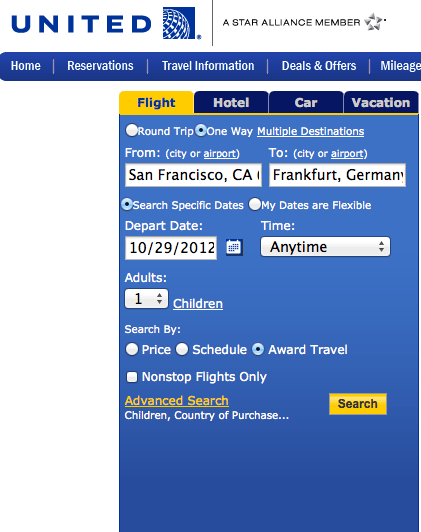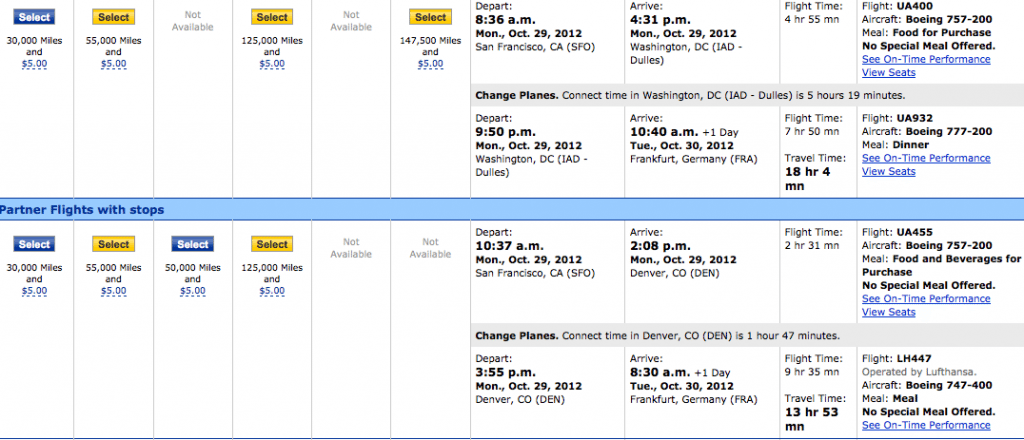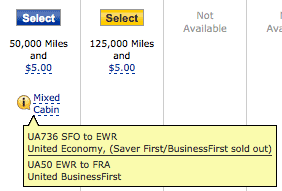MileValue is part of an affiliate sales network and receives compensation for sending traffic to partner sites, such as CreditCards.com. This compensation may impact how and where links appear on this site. This site does not include all financial companies or all available financial offers. Terms apply to American Express benefits and offers. Enrollment may be required for select American Express benefits and offers. Visit americanexpress.com to learn more.
Note: Some of the offers mentioned below may have changed or are no longer be available. You can view current offers here. All values of Membership Rewards are assigned based on the assumption, experience and opinions of the MileValue team and represent an estimate and not an actual value of points. Estimated value is not a fixed value and may not be the typical value enjoyed by card members.
Hey there, you’re reading an outdated post! The updated series from April 2015 can be found here.
This is the twenty-third post in a monthlong series. Each post will take about two minutes to read and may include an action item that takes the reader another two minutes to complete. I am writing this for an audience of people who know nothing about frequent flier miles, and my goal is that by the end, you know enough to fly for free anywhere you want to go.
This is the first of several posts that will talk about the basics of award bookings. I want to stress that this will just be the basics of award bookings. For complicated itineraries, you will need to learn a lot more, perhaps from my Anatomy of an Award series or Flyertalk. Or you’ll have to hire an expert award booker like me.
Today’s post will focus on using United.com, which is the best basic way to find availability when you’re booking with United, US Airways, or TACA miles.
United, US Airways, and TACA are all members of the Star Alliance, so their miles can be used to book awards on any Star Alliance carriers. United.com lists award space for most Star Alliance carriers, so you should start your award searches there.
On the home screen, in the flight search area, type in your origin and destination airports, your preferred outbound date, and the number of passengers. Now select One Way or Round Trip at the top and Award Travel at the bottom. I’ll search a oneway from San Francisco to Frankfurt.
After clicking search, you’ll be brought to a screen with shaded calendars at the top and possible itineraries below. The calendar shows which dates have saver economy availability, premium availability, or both. It’s a handy way to see which dates are your best options.
The itineraries below are listed from shortest duration to longest. To the left of the itineraries, we can see whether there is saver space available on that itinerary in each of the three possible classes of service. Underneath the number of miles needed is the dollar amount of the taxes and fees for that itinerary.
Always scroll to the bottom of the itineraries because at some point, the list will start over with other, shorter itineraries that include partner flights.
One thing to be wary of is the icon just below the prices in miles and dollars that has an exclamation point and says Mixed Cabin. If you see that on a desirable itinerary, hold your cursor over the words Mixed Cabin. A small information bubble will pop up telling you the exact class on each flight.
You can then decide whether that itinerary merits its price or whether another is more desirable. If the classes are what you want except for a short regional flight, maybe the itinerary is OK. If the longest flight on the itinerary is in Economy, but United.com still wants to charge the first class price, the itinerary is a dud.
If you see an itinerary you like, and you’re using United miles, click on Select. If you are getting a oneway award, you’ll now pay for the reservation. If you were searching for a roundtrip, it will hold the outbound, and you’ll repeat the process to select a return.
If you see an itinerary you like, and you’re using another Star Alliance member’s miles, note the flight numbers and times (or leave the screen up) and call the other airline (US Airways) or proceed to its website (TACA) as appropriate.
As a reminder, this is a very basic but adequate way to search Star Alliance availability when using US Airway, TACA, or United miles. More complicated ways that include searching segment by segment and using advanced tools like ExpertFlyer are beyond the scope of this post, but are discussed here at milevalue.com and elsewhere.







Are you aware of any blocking of availability that United does? I’ve tried searching for awards from LAX or SJC to Tokyo and none of the direct ANA flights ever have any coach or biz availability. United only has their 787 flight from LAX, which I’d book except it’s nearly impossible to find even coach awards.
After looking around on AwardNexus it does appear that ANA direct flight awards LAX to NRT or HND are blocked on United. They’re probably bookable but won’t show up in the online search.
[…] at United.com. Scott wrote two great posts about these searches. For more information, check out Star Alliance Award Searches on United.com and Tricking United.com’s Award […]
[…] nor US Airways miles. United.com is actually a great place to look for Star Alliance availability (Free First Class Next Month: Star Alliance Award Searches on United.com). However, looking for direct flights on Swiss is disheartening. Swiss simply doesn’t release […]
[…] Usairways.com is pretty useless since it only displays space on US Airways’ flights. United.com is fantastic, though, displaying most of the Star Alliance. Search on united.com for space as outlined in Free First Class Next Month: Star Alliance Searches on United.com. […]
[…] book United awards, use united.com as explained in my beginner’s series. Don’t forget you can add a free oneway on United awards to […]
[…] for Star Alliance availability. For a great step by step, make sure to check out Scott’s post Free First Class Next Month: Star Alliance Award Searches on United.com. I knew that both United and All Nippon Airways (ANA) each operated a daily nonstop from Dulles […]